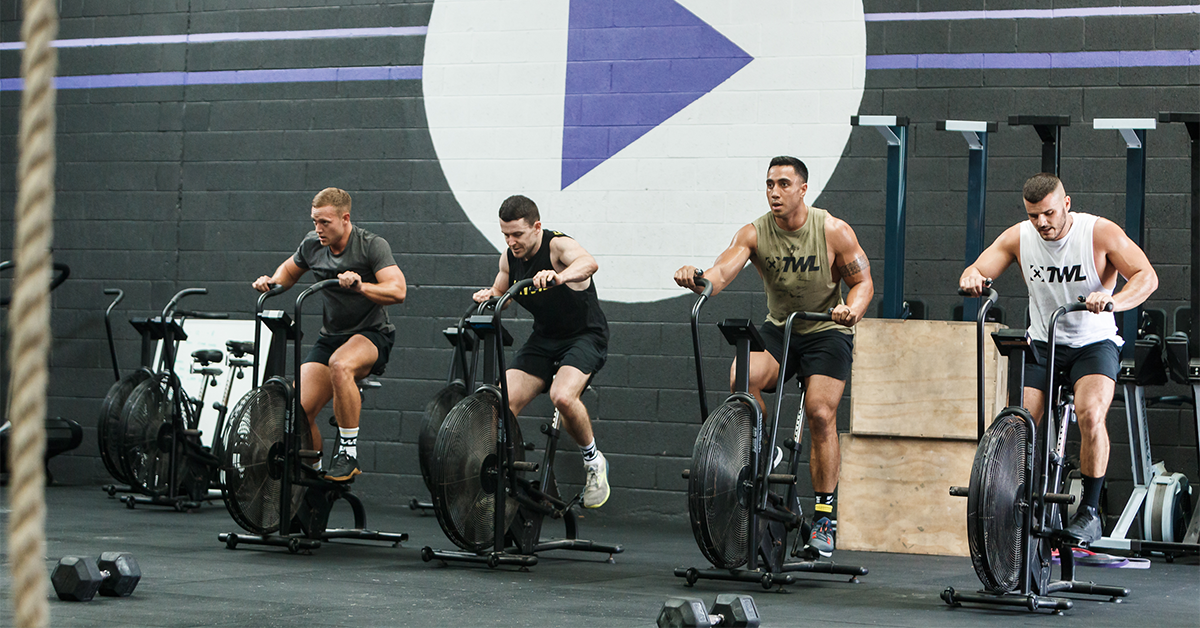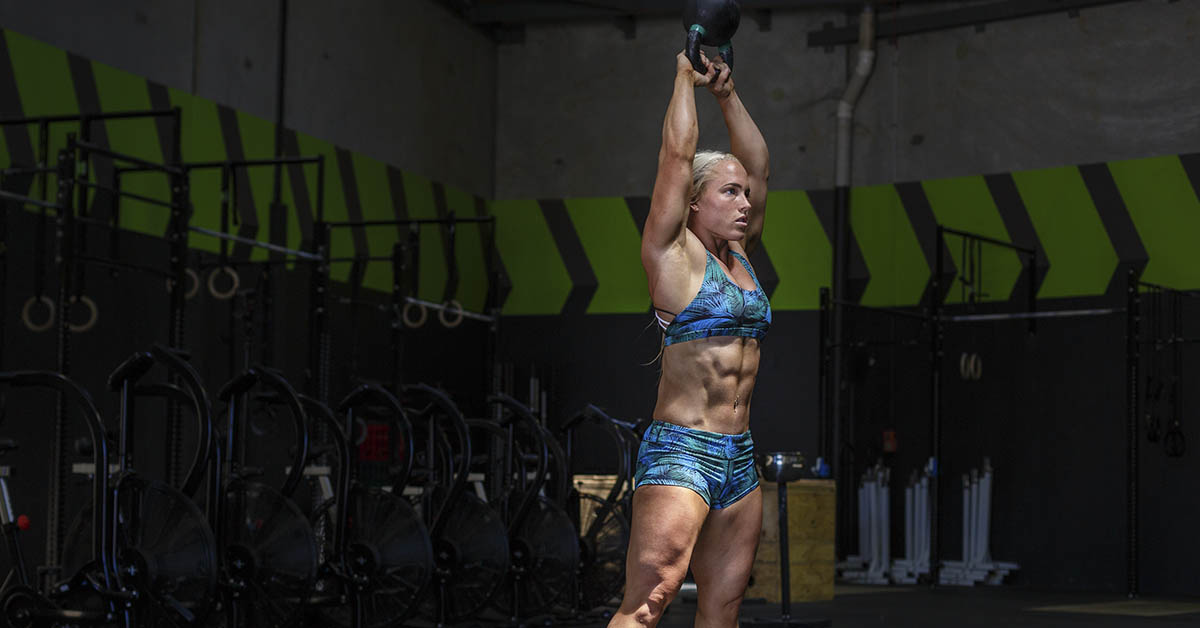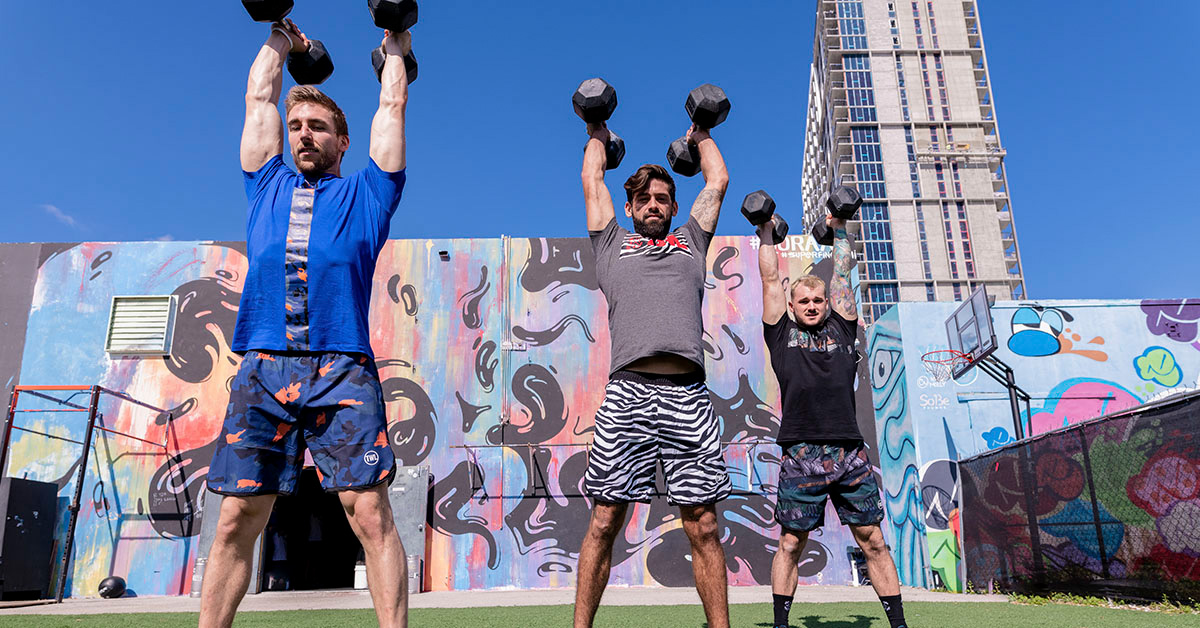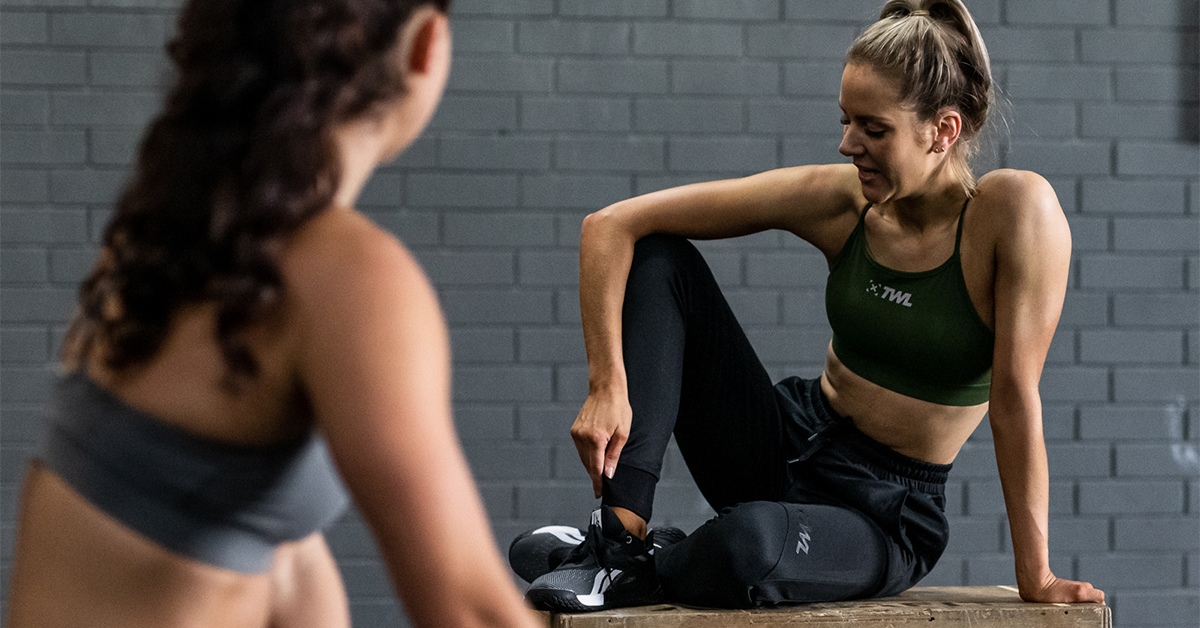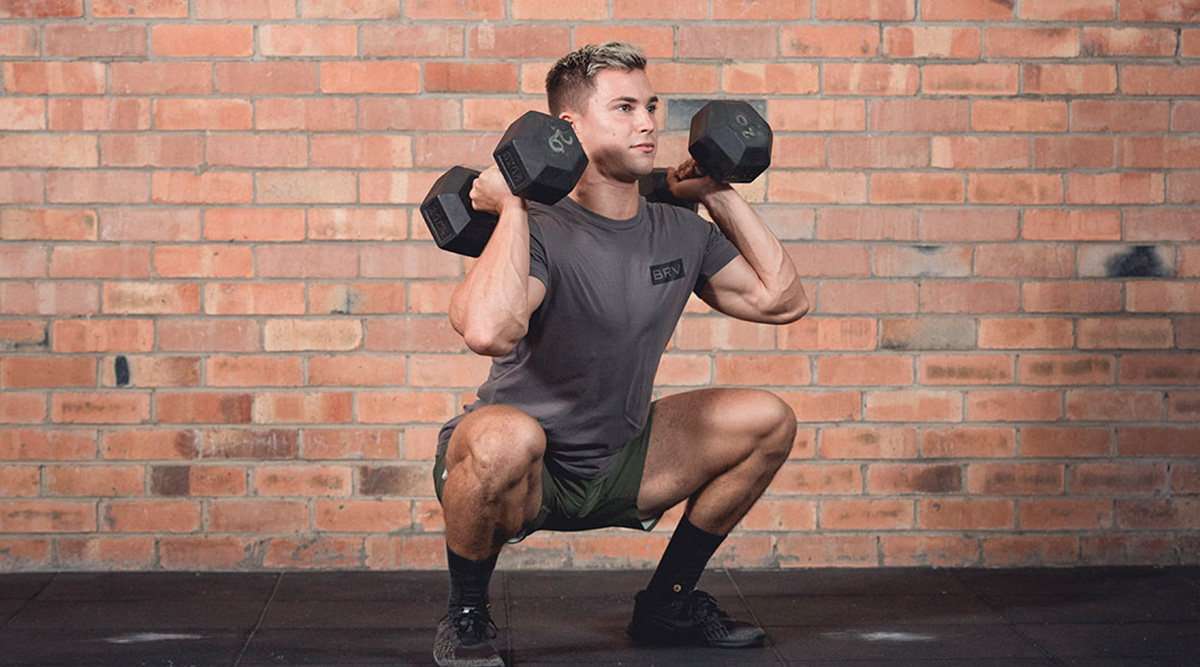Was there ever a time in your training when you felt like you had stopped seeing results despite doing everything right? Here’s why: You probably hit a fitness plateau!
A workout plateau typically happens because your body has fully adapted to the demands of your workout. Your muscles have stopped feeling challenged and learned to function efficiently under that level of stress. So, your body no longer needs to burn so many calories to complete these exercises. There’s a difference, though, between feeling like your routine is getting easier versus a legitimate workout plateau. With the former, you can keep making fitness gains and still see results, while a fitness plateau entails that you’ve stalled in your progress.
What Causes a Fitness Plateau?
Fitness plateaus are typically caused by:
- Repetitive training – your body already adapted to the regimen and achieved its maximum potential at that level.
- Overtraining – your body has been pushed to its limit and worn down by fatigue, aches and pain, and low energy.
- Poor nutrition and recovery – you’re not getting the right amount of rest or nutrition that your body needs to replenish its energy and recuperate from the impact of training.
But here’s the good news about fitness plateaus: You can overcome them! With some simple but mindful tweaks to your workout routine, you can counteract a plateau and set yourself on the path of progress again. Read on to learn four helpful tips for how to beat a workout plateau.
View this post on Instagram
How to Push Through Your Fitness Plateau
1. Switch Up Your Workout Routine
If you’ve been doing the same exercises in the same sequence for quite some time, your body has most likely gotten used to being impacted and fatigued in that same way, so it will adapt to become more efficient. To counter this, mix up your routine to shock your system.
According to a study done by the University of Tampa, doing a diverse set of exercises builds more muscle than doing the same workout routine repeatedly. Switching up your program by trying new exercises that engage your muscles in new ways will kickstart your body to begin seeing results again. For example, if you frequently bench press, change it up by doing pushups for a few days instead. Try trading your dumbbells for resistance bands. You can also revitalize your program by adding some variety via cross-training or trying new physical activities.
2. Increase Your Training Intensity
Upping the ante of your workouts can also help you out of the plateau. Take your FITT (frequency, intensity, time, and type) principles up a notch to challenge your body and re-motivate you to achieve new personal bests. Because your muscles will eventually adapt to a repetitive workout, it’s important to incrementally shift the intensity. This will force your body to keep adapting to changing stressors, enabling you to continue seeing results.
If you’re dedicated to strength training, you can do the same number of reps as your current routine but lift heavier weights. If you’re doing bodyweight exercises, such as lunges or crunches, add a bit of challenge by incorporating weights instead of doing more reps.
In a nutshell, you can easily boost the intensity of your workout by increasing the number of reps you perform or the amount of weight you lift. (Or both! Just be mindful so that you don’t increase the intensity too much.)
View this post on Instagram
3. Reevaluate Your Nutrition
Many fitness newbies embarking on their health and wellness journey make typical rookie nutritional mistakes, such as cutting out all carbs or simply eating a fraction of what they normally would. And it’s understandable why people do this! The media has constantly told us to eat less if we want smaller, leaner bodies.
But here’s the thing.
Weight loss is not the only metric for long-term health and fitness. Proper nutrition is critical for energy and muscle regeneration and growth. Carbs help replenish energy stores, while protein aids in muscle healing and recovery. And don’t believe what anyone says about fat being the enemy. Your body needs it — especially your brain and your hormones.
Hydration is also key, so make sure to drink enough throughout the day. How much you need will depend on a number of factors, including your weight, activity level, and the climate you live in. A good rule of thumb is to aim for one ounce of water per pound of body weight. If that feels like too much, break it down into mini-goals and work your way up.
If you get bored with plain water easily, you can mix it up with tea, juice, healthy smoothies (just watch the sugar), and even soup to increase your liquid intake.
One important note: Before drastically changing the way you eat, make sure to consult a nutritionist or doctor. It’s important to ensure that you still get the appropriate nutrients for your age, weight, training level, and goals. Poor nutrition can undermine your progress.
Don’t be scared of food. Your body wants you to eat. And if you want to make gains and bust through a frustrating fitness plateau, you’re going to need to chow down.
Shop Now
4. Take a Break
This might sound counterintuitive but hear us out. Overtraining can wear you down and negatively impact your body and mind, making you unconsciously underperform. Your body needs time to recover from the stress of a workout, so make sure to take time to allow your muscles to heal. Take at least one rest day a week, and make sure to get enough sleep. Training breaks your muscles down. Rest builds them back up!
View this post on Instagram
If you’re really in a funk, take a week or two off. Spend that time to catch up on sleep and allow your body to recover. Don’t worry so much about losing progress because you can always work your way back up when you’re in fresh form, instead of fruitlessly forcing it and ending up even more demotivated. (On a related note, learn all about muscle memory and how it’ll work in your favor when you need to take longer breaks!)

